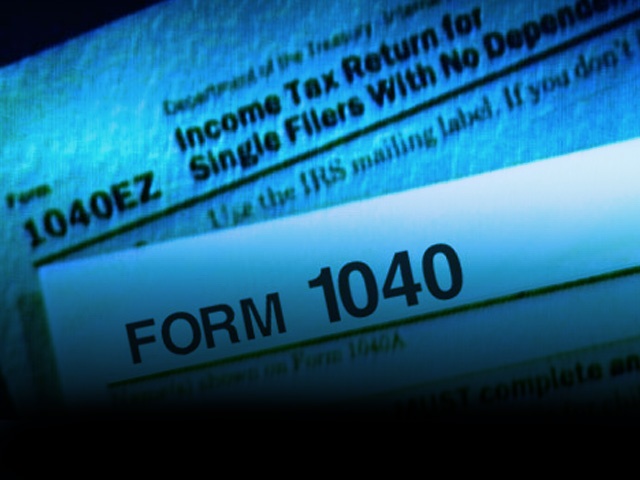The Income Statement (Profit & Loss) Part 1
The Income Statement is one of the three main financial statements. (The other two being the Balance Sheet and Cash Flow Statement.) The important thing to remember about an income statement is that it represents a period of time. As opposed to the balance sheet, which represents a single moment in time.
The income statement is sometimes referred to as the profit and loss statement (P&L), statement of operations, or statement of income. In QuickBooks it is the P & L.
This financial statement indicates changes in the financial position of the business for a particular period of time, i.e. month, quarter or year. The portion of the income statement that deals with operating items is interesting to investors and analysts alike because this section discloses information about revenues and expenses that are a direct result of the regular business operations. The non-operating items section discloses revenue and expense information about activities that are not tied directly to a company’s regular operations. For example, if the sport equipment company sold a factory and some old plant equipment, then this information would be in the non-operating items section.
An Income Statement is related with the Balance Sheet in the terms of net result for the period, i.e. profit or loss for the period from this financial statement goes to the Balance Sheet as an increase or decrease in Retained Earnings (result not distributed to the shareholders as dividends).
The Items Included in
Considering the structure of Income Statement, it is important that this statement indicates not only net result for the period, but also fundamental parts, which make this result. So this statement will include the following:
Revenue:
amounts earned for the goods sold or services provided
Cost of Sales:
cost of goods sold or services provided. In case only goods are being sold, this items will be called Cost of Goods Sold. Here all the cost which are directly related to the revenues earned are included
Gross Profit:
difference between two mentioned items, which indicate how much business earns from the main operations
Operating Expenses:
this items consists of the expenses which cannot be directly related to the cost of goods sold or services provided. Examples can be salaries of accountants, administrative office space rent and other
Operating Profit:
difference between Gross Profit and Operating Expenses
Interest Expenses:
these expenses are shown separately to indicate financial costs the business incurs and whether it earns sufficient profit to be able to pay interest on time
Net Profit (Loss):
this is the net result for the period. If it is positive, we have a profit. If it is negative, we have a loss.
Important to notice, that the Income Statement is usually prepared on the accrual basis, i.e. income and related expenses are recognized despite the fact that cash was not yet paid or received, but based on the obligation from customers to pay for goods sold or services provided and based on the obligation of the business to pay its liabilities.
It is very important to format an income statement so that it is appropriate to the business being conducted.
Income statements, along with balance sheets, are the most basic elements required by potential lenders, such as banks, investors, and vendors. They will use the financial reporting contained therein to determine credit limits
It may look like this:

















